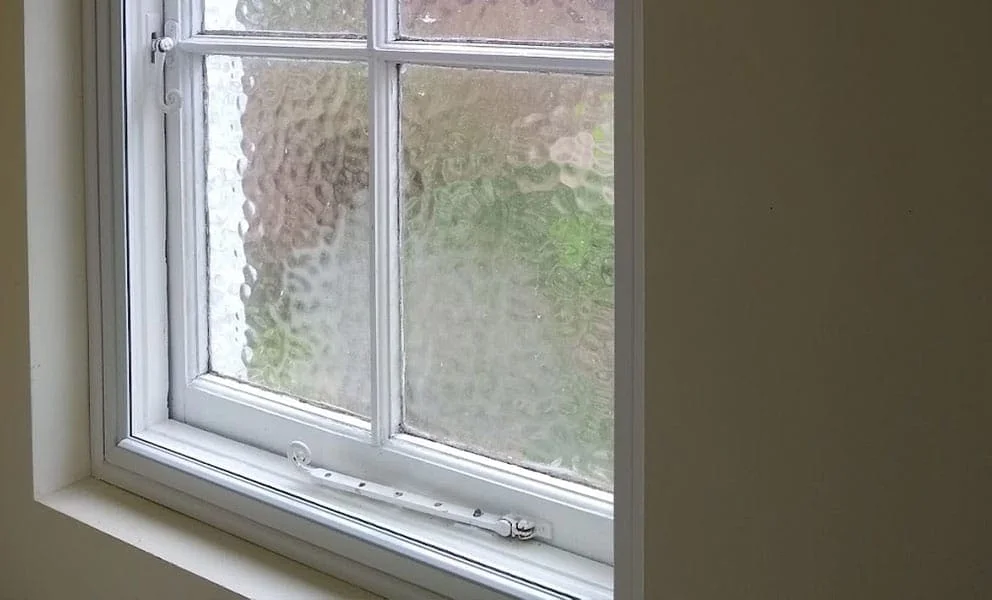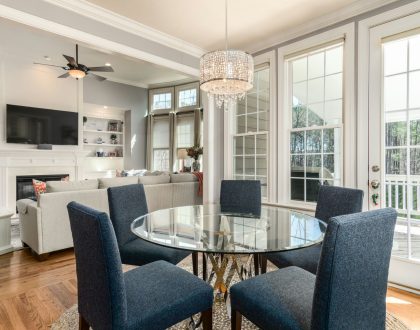Acrylic Secondary Glazing: Pros and Cons

Acrylic is a multi-functional material that can be used around the home. It has become popular for its strength, durability and anti-porous nature. It is a good option when it comes to secondary window glazing as it has effective insulative properties.
Secondary glazing works by installing a pane of glass to the internal recess of an existing window. This will create a small gap that helps to insulate by reducing heat loss. Instead of using glass however, acrylic can be used in place of it.
Of course, it’s important to note that there are certain drawbacks when using acrylic for your secondary glazing. Although cheaper than glass, it is not as aesthetically pleasing and direct sunlight can cause it to warp over time.
Want to find out more? Read on for the pros and cons of acrylic secondary glazing and whether it is worth considering for your home.
Pros of using acrylic
Durability
Acrylic is a relatively durable material that can withstand knocks and bumps without being affected. It’s also lighter than glass and easy to make into whatever shape is needed. That said, it can be prone to warping over time (more on this later)
Cheaper than glass
You are likely to save money with acrylic as it is generally cheaper than glass. So even with the effect of strong UV rays, acrylic will give you value for money short-term with good visibility. It’s worth noting, however, that you may spend more over time if acrylic warps – as mentioned above.
Insulation
Acrylic secondary glazing is an effective insulator. It can minimise drafts through windows and doors, regulating room temperatures and reducing energy bills. But as glass secondary glazing can also provide good insulation, you should think about your preferred look to help you decide which to go for.
Soundproofing
Acrylic’s insulating properties also allow for effective soundproofing. Specially designed for the home, acrylic acoustic secondary glazing will insulate from outdoor noise such as traffic or a busy road. But while it will be a big improvement on existing windows, that doesn’t necessarily make it the best type of secondary glazing for sound reduction.
Hard to break
Acrylic has 6-17 times the impact resistance of glass. If broken, it will produce dull-edged pieces, which is a comfort for those with boisterous family members. However, if you need to break windows to get out quickly in an emergency, an acrylic window may actually slow you down.
Cons of using acrylic
Longevity
Acrylic is known to be durable but if exposed to variable temperatures over a long period of time, it runs the risk of becoming bent or twisted out of shape, known as ‘warping’. This can develop from excessive heat, direct sunlight or long exposure to a humid environment.
Less of an authentic look
People can usually tell when a window isn’t glass. Using acrylic secondary glazing may not be for you if authenticity is a high priority. This can be a particular problem for properties where the look is essential to the property’s heritage.
Efficiency
Acrylic secondary glazing has its benefits, but it is not the best option for…
- Insulation – Despite acrylic’s ability to insulate well, there is still always the potential for heat to be lost in comparison with glass secondary glazing. An acrylic sheet will need to be considerably thicker to compete with the thermal properties of a typical glass window pane.
- Noise reduction – Both acrylic and glass have good soundproofing properties. However laminated glass is more effective (up to 70%) in comparison to acrylic (50-60%).
Less transparent
Exposing plastic to sunlight can make it less transparent and create a foggy look over time. Unless you specifically want an obscure look to your windows, this effect can seem like you have permanent condensation – not a good look. So, acrylic secondary glazing runs the risk of not giving you the pristine, clear windows you want as time goes on.
Easily scratched
Acrylic secondary glazing scratches much easier than glass, so you need to clean and look after your glazing properly. Make sure that you don’t use normal glass cleaner as it can create a dull surface. Using a soft cloth will help to avoid scratches and damage that could be caused in a busy home. If your kids are into touching everything in sight, keeping your glazing scratch-free could be a pretty tall order.
What’s the alternative?
If you have decided on secondary glazing but aren’t sure if acrylic is for you, there are many benefits to choosing glass, including:
Range to choose from
Clearview’s secondary glazing gives you the choice of toughened or laminated, as well as a range of finishes. You can pick from thermal, security, acoustic and privacy styles.
Strong panes
4mm toughened glass is used to ensure building regulations are met and that you have extra security. Clearview also has 6mm toughened, obscure toughened and satin toughened options.
Excellent soundproofing
We offer thickened glass that reduces outside noise and gives you a quiet and enjoyable environment. You can choose from 6.4mm Clear Laminate, 6.4mm Clear Acoustic, 6.8mm Clear Laminate, 6.8mm Clear Acoustic. There are other glass options up to 10.8mm Acoustic available if you need extremely thick panes for noise reduction.
Enhanced for insulation
Using a low emissivity (low E) glass, your windows will be 5-10% enhanced for thermal insulation (depending on the state of the primary window).
Cost-effective
Although glass initially costs more than acrylic, it is a solid investment. It will last longer and so you will save money on replacements or repairs.
High-quality secondary glazing with Clearview
If you’d like your home to have extra insulation and excellent soundproofing, why not consider secondary glazing from Clearview? Working within 50 miles of our Sheffield office, we have over 20 years of experience installing high-quality, cost-effective products to improve your existing windows’ performance.
We also offer DIY secondary glazing kits across the UK, which are fully assembled, pre-glazed and ready to install. Sound good? Contact our friendly, professional team or request a quote online.
Recommended Posts

20 Years of Clearview Secondary Glazing
19/12/2025


